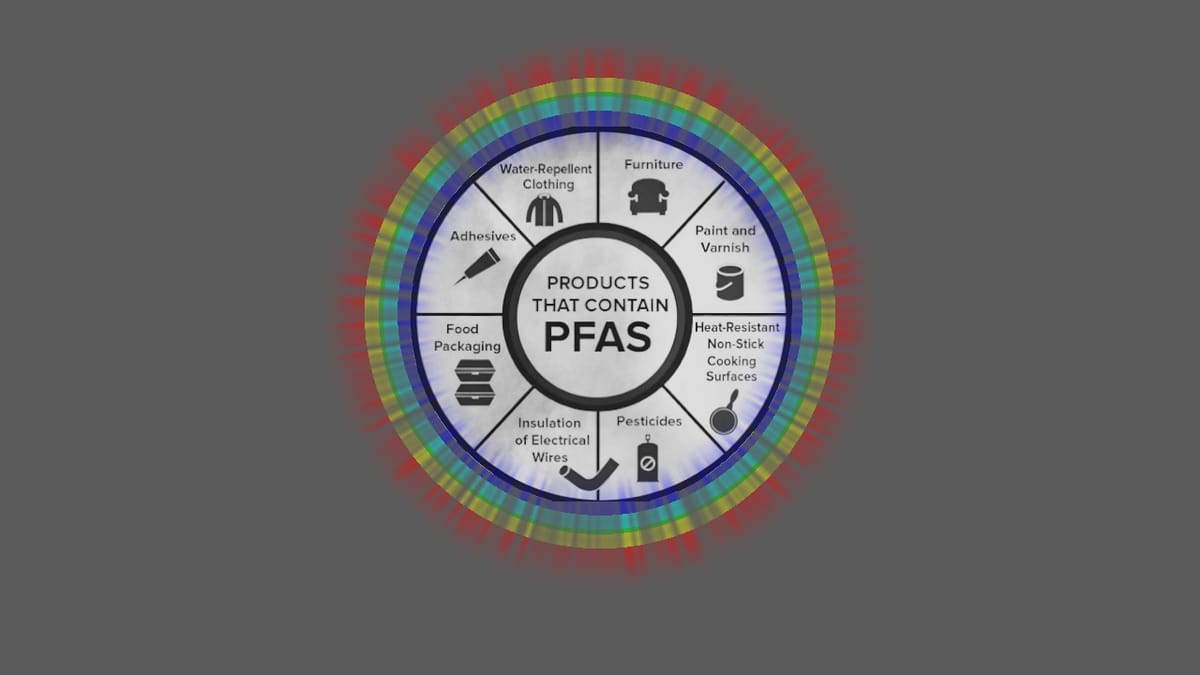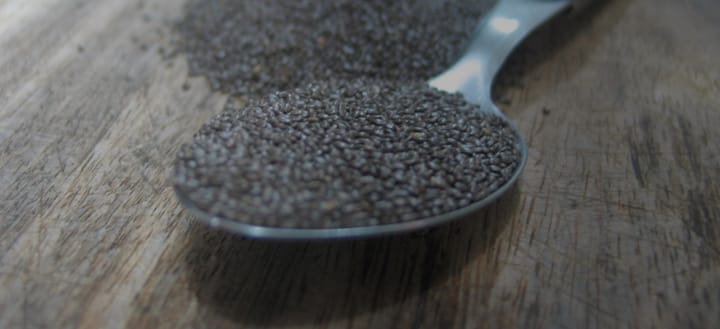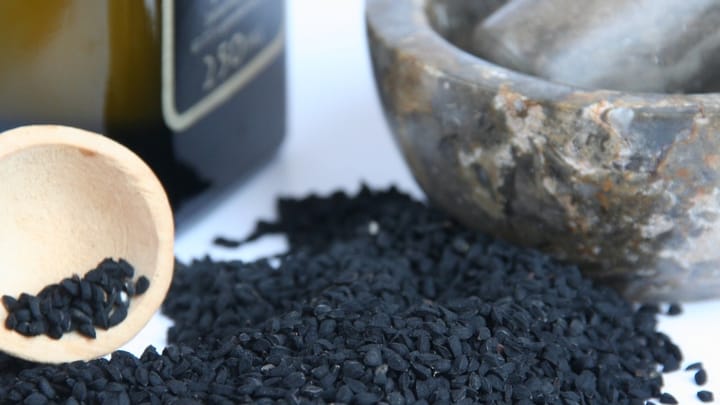PFAS – How to Live Without Them

Understanding PFAS: The Basics
Per- and polyfluoroalkyl substances (PFAS) are a group of over 4,000 man-made chemicals widely used for their water-repellent, grease-resistant, and heat-resistant properties. Known as "forever chemicals" due to their persistence in the environment and human body, PFAS have been linked to serious health issues, including cancer, hormonal disruptions, and developmental delays in children. As awareness of their risks grows, people worldwide are seeking alternatives to PFAS-containing products. You too can make the household free of them. Hop in to see how.
How to Avoid PFAS: A Practical Guide
While eliminating PFAS from your daily life might seem daunting, a few thoughtful steps can significantly reduce your exposure. Here is a comprehensive, positive guide to help you transition to a PFAS-free lifestyle.
1. Educate Yourself: Know Where PFAS Are Found
PFAS are commonly found in:
- Nonstick Cookware: Teflon and similar coatings.
- Water-Resistant Fabrics: Stain-resistant clothing, upholstery, and carpets.
- Food Packaging: Grease-proof wrappers, microwave popcorn bags, and fast-food packaging.
- Cosmetics: Waterproof mascaras, foundations, and long-lasting lipsticks.
- Cleaning Products: Certain sprays and solutions designed for water resistance.
Checking ingredient lists for terms like “fluoro” or “PTFE” can help identify PFAS-containing products.
2. Opt for Safer Alternatives
For every PFAS-laden product, there are safer, eco-friendly options:
- Cookware: Replace nonstick pans with stainless steel, cast iron, or ceramic-coated cookware.
- Clothing and Fabrics: Choose untreated natural fibers like cotton, wool, or hemp for stain resistance. Brands increasingly offer PFAS-free options, clearly labeled as such.
- Food Storage and Preparation: Avoid greasy fast foods and use glass or stainless steel containers instead of coated paper or plastic.
- Cosmetics: Opt for clean beauty brands that explicitly state they are PFAS-free. Websites and apps like EWG’s Skin Deep Database can guide your choices.
3. Focus on Water Safety
One of the most significant sources of PFAS exposure is contaminated drinking water. Steps to ensure safer water include:
- Install Filters: Use water filtration systems certified to remove PFAS, such as activated carbon filters or reverse osmosis systems.
- Check Local Water Quality Reports: Many municipalities test for PFAS; these reports can inform your decisions.
- Advocate for Change: Encourage local governments to implement PFAS removal in public water systems.
4. Embrace DIY Cleaning and Cooking Solutions
Many household products can be replaced with simple, homemade alternatives:
- Cleaning: Vinegar, baking soda, and castile soap are excellent substitutes for chemical-heavy sprays.
- Cooking: Prepare meals at home using fresh ingredients to avoid food packaging with PFAS coatings.
5. Support and Shop Consciously
Consumer demand drives industry change. Support brands committed to eliminating PFAS:
- Research Brand Policies: Many companies now pledge to go PFAS-free; look for their commitments on official websites.
- Certified Labels: Look for certifications like "PFAS-Free," "Green Seal," or "OEKO-TEX®” labels, which ensure products meet safety standards.
6. Advocate for Broader Change
While individual actions are vital, systemic change is the ultimate solution. Get involved by:
- Supporting Legislation: Back efforts like the EU’s proposed PFAS ban or similar national regulations.
- Joining Advocacy Groups: Environmental and public health organizations often provide resources and opportunities to campaign for change.
Why PFAS-Free Living Is Worth It
Adopting a PFAS-free lifestyle benefits not only your health but also the planet. By reducing PFAS usage, you contribute to decreasing contamination in water, soil, and wildlife, promoting a cleaner, safer environment for future generations.

How to Avoid PFAS: A Practical and Positive Approach
Imagine stepping into the home of the Martins, a family of four who decided to go completely PFAS-free. Two years ago, they learned about PFAS and its health risks. Concerned for their children, they embarked on a journey to eliminate these chemicals from their lives. It wasn’t easy or instant, but today, their home is a PFAS-free haven—and they couldn’t be happier.
Here’s how the Martins tackled it and how you can, too:
1. Educate Yourself: Know Where PFAS Are Found
The first step for the Martins was understanding where PFAS lurked. They discovered these chemicals in everyday items:
- Cookware: Their favorite nonstick pan was a culprit.
- Fabrics: Their stain-resistant couch and outdoor jackets contained PFAS.
- Food Packaging: Grease-proof pizza boxes and microwave popcorn bags were offenders.
- Cosmetics: Waterproof mascara and foundation were hiding PFAS too.
What they did: The Martins read labels carefully and looked for terms like “fluoro” or “PTFE.” They used online resources like the Environmental Working Group (EWG) database to identify problem products.
2. Opt for Safer Alternatives
The Martins made gradual, cost-conscious swaps:
- Cookware: They replaced their nonstick pans with cast iron and stainless steel, spending about $150 for durable pieces that should last a lifetime.
- Fabrics: When reupholstering their couch, they chose untreated cotton for $400. For outdoor gear, they now buy jackets labeled “PFAS-free” from ethical brands.
- Food Storage: Glass containers replaced plastic ones. A set of 10 cost $50 but gave peace of mind.
- Cosmetics: Their switch to clean beauty brands cost slightly more upfront, but they prioritized quality over quantity.
3. Focus on Water Safety
One of the biggest concerns for the Martins was PFAS in their drinking water. Testing revealed elevated levels, so they installed a reverse osmosis filtration system for $600. It was a significant investment, but they’ve since enjoyed safer water for cooking, drinking, and bathing. If a full system isn’t feasible, simpler options like faucet filters start at $30.
4. Embrace DIY Solutions
To save money, the Martins embraced homemade alternatives for cleaning and cooking:
- Cleaning: A mix of vinegar, baking soda, and essential oils became their go-to cleaning spray. The ingredients cost less than $10 and worked just as well as commercial products.
- Cooking: They avoided takeout in PFAS-lined packaging by making meals at home. For treats like popcorn, they used a stovetop popper ($20).
5. Shop and Support Consciously
The Martins learned that their purchasing choices could make a difference. They researched and supported brands committed to eliminating PFAS. Certifications like “PFAS-Free” and "Green Seal" became their guides. They also shopped secondhand for items like rugs and furniture, which often outgas fewer chemicals.
6. Advocate for Change
Inspired by their journey, the Martins joined local advocacy groups to push for broader regulations. They supported legislation banning PFAS and participated in community workshops to educate others.
What Does a PFAS-Free Home Cost?
The Martins’ total investment to go PFAS-free came to about $1,200 over two years. Here’s the breakdown:
- Cookware: $150
- Couch reupholstering: $400
- Water filtration: $600
- Miscellaneous (cosmetics, cleaning supplies, storage): $50
By spreading the costs over time, they made the transition manageable without feeling overwhelmed.
Why Go PFAS-Free?
For the Martins, the benefits were clear. Their children’s skin allergies improved, their water tasted better, and they felt confident knowing their home was safer. Beyond personal health, they took pride in contributing to a cleaner planet by reducing environmental contamination.
Small Steps Make a Big Difference
Living PFAS-free is a journey, not a race. Start small by replacing one item at a time, like your nonstick pan or water bottle. While not an actual family, you can use the "Martins’" experience as inspiration, and remember: every choice you make brings you closer to a healthier, greener lifestyle.
Transitioning away from PFAS can seem challenging, but with knowledge, small steps, and a proactive mindset, it is entirely achievable. Start today with a few changes, and soon, living without these harmful chemicals will feel natural and empowering.





Comments ()